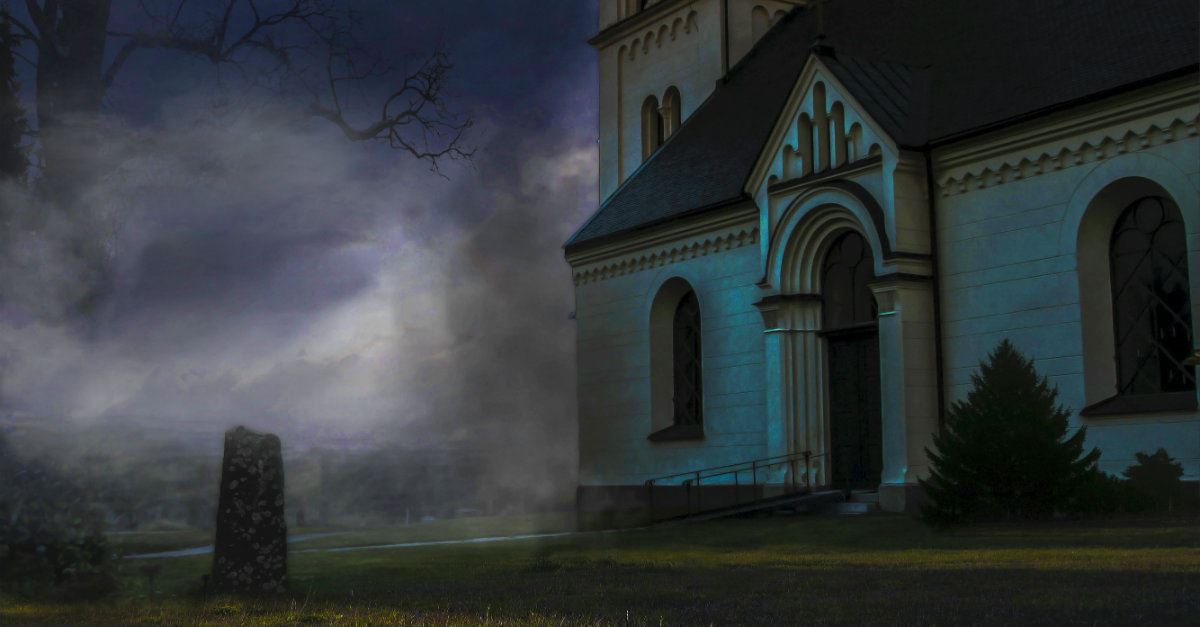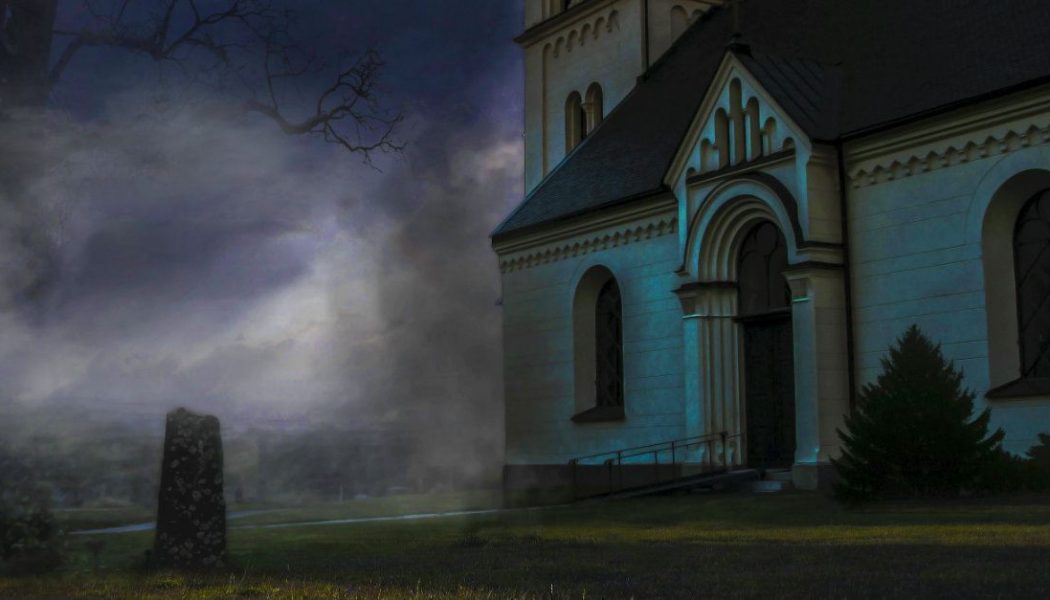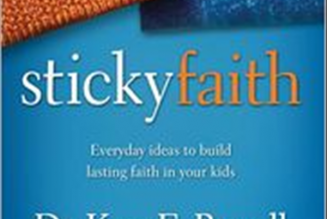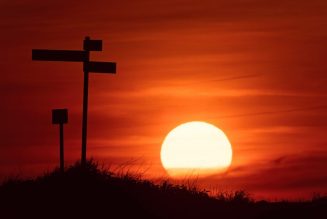
What Is the Difference between All Hallows’ Eve, All Saints Day and All Souls Day?
Once Fall is the air across the U.S., department stores will entice consumers with discounts on costumes and candy. There will be carved pumpkins and bobbing for apples at holiday parties. There will be hayrides, hot apple cider, gathering around bonfires with friends. Then, on the 31st of October, kids dressed in costumes will go door-to-door to trick-or-treat for candy. Some churches also participate in what is known as “trunk-or-treat,” where children visit the church parking lot in their costumes to get candy and perhaps learn about the church.
For some churches, the celebration doesn’t stop there. October 31 actually begins a three-day observance and celebration of Allhallowtide, a combination of Halloween, All Saints Day and All Souls Day. Where did these holidays come from? Is there a difference between them?
According to dictionary.com, the word “Halloween” is a “direct derivation of All Saints Day” with “All Hallows” in Old English meaning “the feast of the saints.” To hallow is “to make holy or sacred, to sanctify or consecrate, to venerate.” The adjective hallowed, as used in The Lord’s Prayer, means holy, consecrated, sacred, or revered. The noun hallow, as used in Hallowtide, is a synonym of the word saint. So, there are some differences between Halloween, All Saints Day and All Souls Day, however they are tied together.
It is important to keep in mind that All Saints Day is also known as All Hallows Day, Hallowmas or Feast of All Saints in the Christian Church. The day November 1 commemorates all the saints in the church both known and unknown who have attained heaven.
What Is All Hallow’s Eve?
Though the original roots of All Hallow’s Eve aren’t certain, it has been traced back to the countries of Ireland, Britain, and France. The Celts of Ireland, Britain and France divided their year in halves: the light half and the dark half. The light half consisted of the Spring and Summer months when the days were longer and the nights were shorter. The dark half was the opposite. It consisted of the Fall and Winter months with longer, colder nights and shorter days. To mark the end of Summer, the Celts held a harvest festival known as Samhain steeped in superstition and fear of evil. It is celebrated on the 31st of October beginning at sunset and ending at sunset on November 1.
This ancient Celtic pagan harvest festival Samhain was also associated with human death. The Druids built bonfires in order for the people to make sacrifices of crops and animals. Those who participated in the festival would dance around a bonfire. Some of the dances were a representation of the circle of life and death. The Celts also believed that on the night before the new year, the boundary between the worlds of the dead and living became blurred. It was believed that fairies and ghosts of the dead could freely return to earth. It was believed these spirits could hide livestock, haunt the living and destroy their crops. For this reason, they concealed their real identities from the spirits through the use of costumes made from animal skins and heads.
Following the Roman conquest of Britain, British Celts adopted the Julian calendar and fixed the date of Samhain’s observance to November 1.
The holiday was Christianized as Halloween by the early church. Over time, it has evolved into a day of activities like making jack-o-lanterns from pumpkins, bobbing for apples, trick-or-treating and other festivities. In other countries as well as in Catholicism, one attends church services. Some Christians also abstain from meat, eating vegetarian foods including potato pancakes, apples and soul cakes.
What Is All Saints Day?
Around 609 A.D., Pope Boniface IV reconsecrated the Pantheon in Rome. He renamed it the Church of St. Mary and the Martyrs. He established the anniversary as a day of celebratory remembrance for all of the Church’s martyrs. Later, Pope Gregory III changed to date to November 1 during the dedication of St. Peter’s Basilica to “all saints,” in an effort to combat pagan worship.
November 1 became All Saints Day, otherwise known as All Hallow’s Day. Christians would come together on this day to ask for God’s protection from evil in the world as well as blessings. Patrons would dress up in costumes of evil spirits or saints in order to depict the battle between good and evil.
What Is All Souls Day?
All Souls Day commemorates the faithful departed. This day is observed in the Catholic Church as well as the Eastern Orthodox churches. Roman Catholics believe that the souls of the faithful who at death have not been cleansed from their sins and punishment could not attain heaven and are instead sent to purgatory. It was believed, based on certain books of the Catholic Bible, that these trapped sous could be helped by prayer. They could then be cleansed of their sins and receive full sanctification to gain entrance to heaven. The custom of setting apart this day for intercession was established by Saint Odilio of Cluny. This practice then spread throughout Europe and eventually to the Western Church.
As Christianity spread throughout the world, pagan holidays were either Christianized or forgotten. Samhain was absorbed into Halloween. Costumes and gifts and bobbing for apples were preserved, incorporated into the new holiday. They remain a celebrated part of Halloween to this day, many centuries later.
What Does the Bible Say about the Dead?
Now that you’ve been given a detailed history about the accounts of these three holidays, it’s important to keep in mind that the Bible doesn’t tell us to pray to saints (Matt 6:6), there is no discussion or evidence of purgatory, and we cannot pray our departed loved ones into heaven. The doctrine of purgatory is not a scriptural concept. We do, however, see much discussion in God’s Word about the only two destinations for those who have died: Heaven and Hell.
However we can turn to the Bible and allow the Holy Spirit to use the Word to spur our faithfulness. Hebrews 11 gives examples about the cloud of witnesses whose lives left a legacy of God’s grace and speak to us about our future in heaven with Christ.
Sources:
https://www.catholic.org/news/hf/faith/story.php?id=65067
https://www.britannica.com/topic/All-Saints-Day
https://en.m.wikipedia.org/wiki/Halloween
Heather Riggleman calls Nebraska home (Hey, it’s not for everyone) with her three kids and husband of 20 years. She writes to bring bold truths to marriage, career, mental health, faith, relationships, celebration and heartache. Heather is a former national award-winning journalist and is the author of Mama Needs a Time Out and Let’s Talk About Prayer. Her work has been featured on
Publication date: September 17, 2019
Image courtesy: ©GettyImages_HolyWonderWorld









